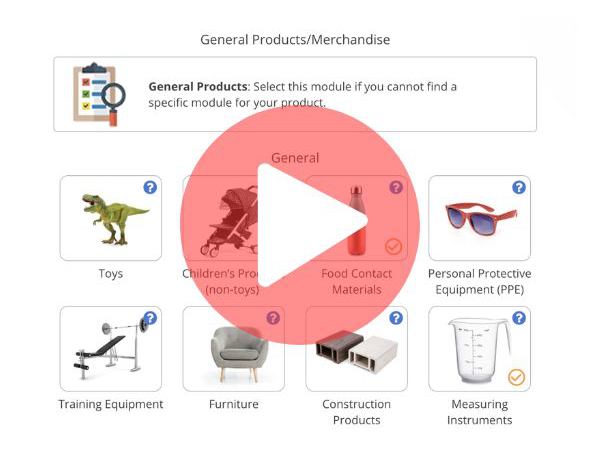
Children’s books sold in the United States are subject to various regulations and standards, which in turn set requirements concerning chemicals, small parts, labelling, certification, and more.
Books intended for children that do not comply with the safety requirements are dangerous as children may, for instance, remove a small detachable part of the book and swallow it, leading to suffocation.
This guide takes a closer look at how the CPSIA, ASTM F963, the Lacey Act, and other compliance requirements cover children’s books sold in the United States.
Continue reading Children’s Book Regulations in the United States: An Overview






















 Create compliance checklists for your product (US, EU & UK)
Create compliance checklists for your product (US, EU & UK) 20+ product certificate templates
20+ product certificate templates Create label files
Create label files Book product testing
Book product testing